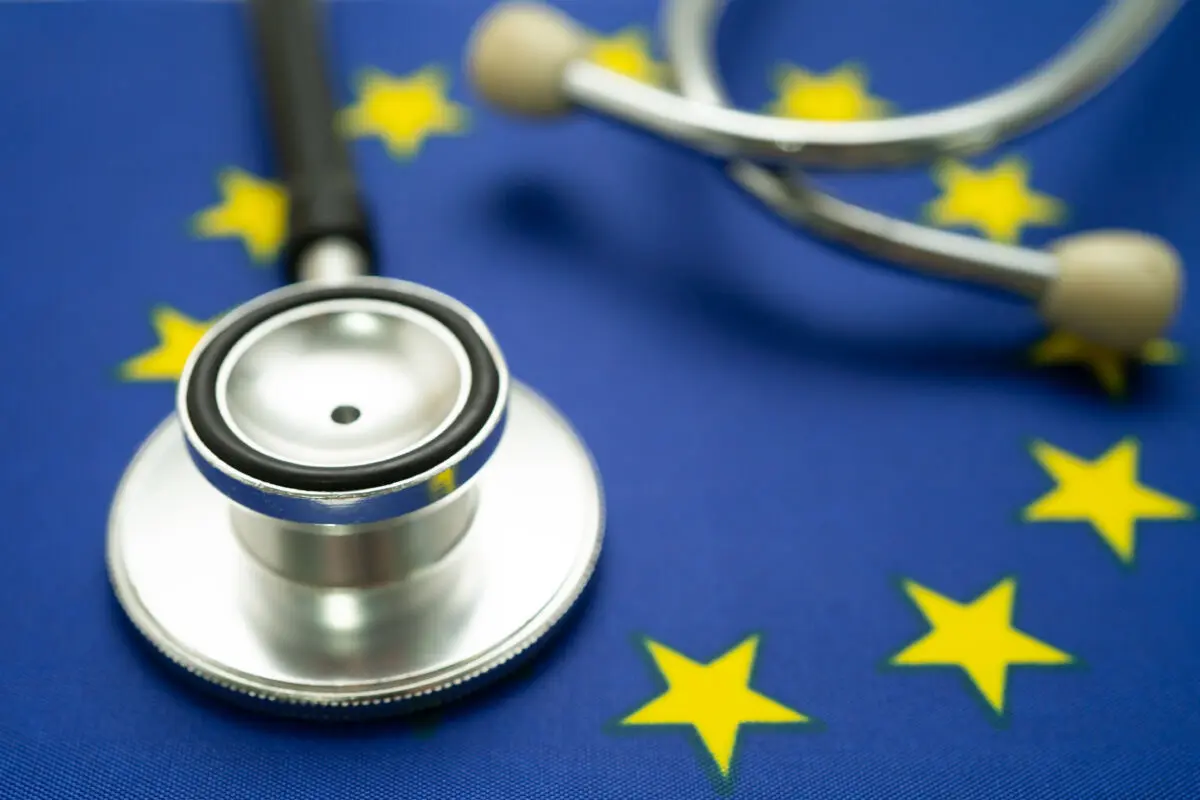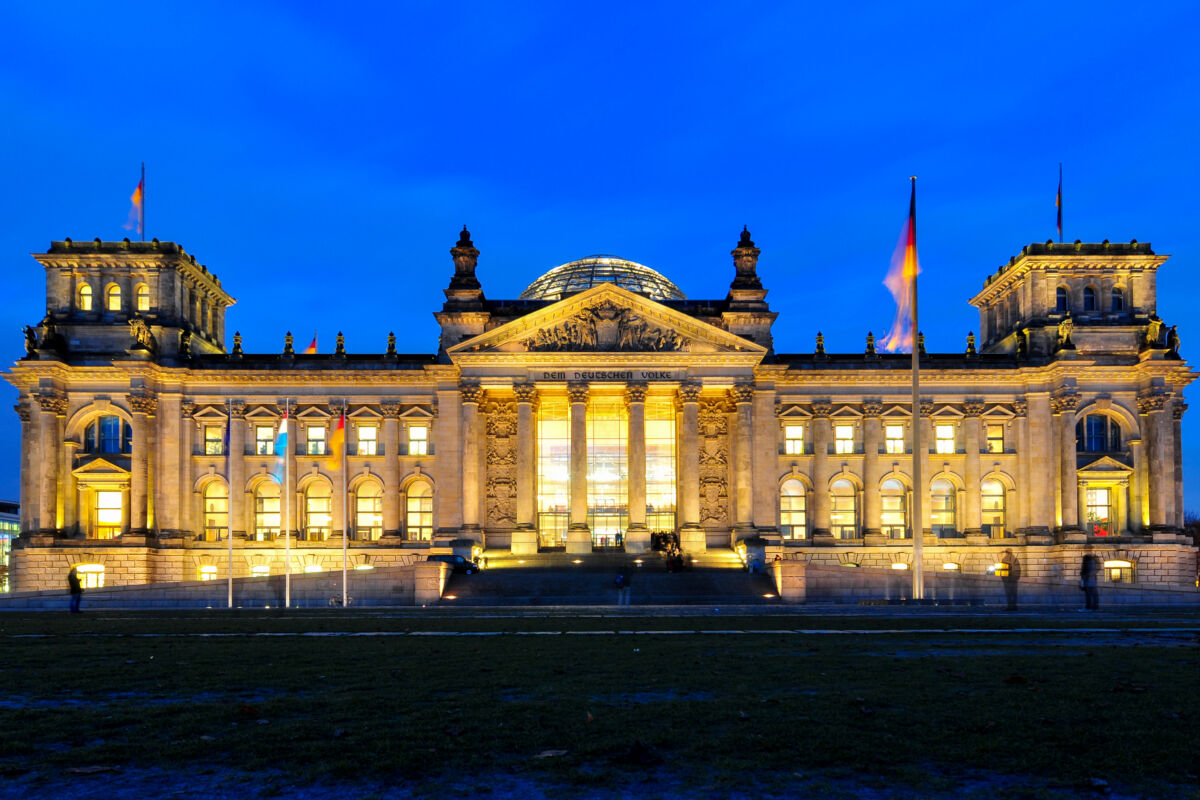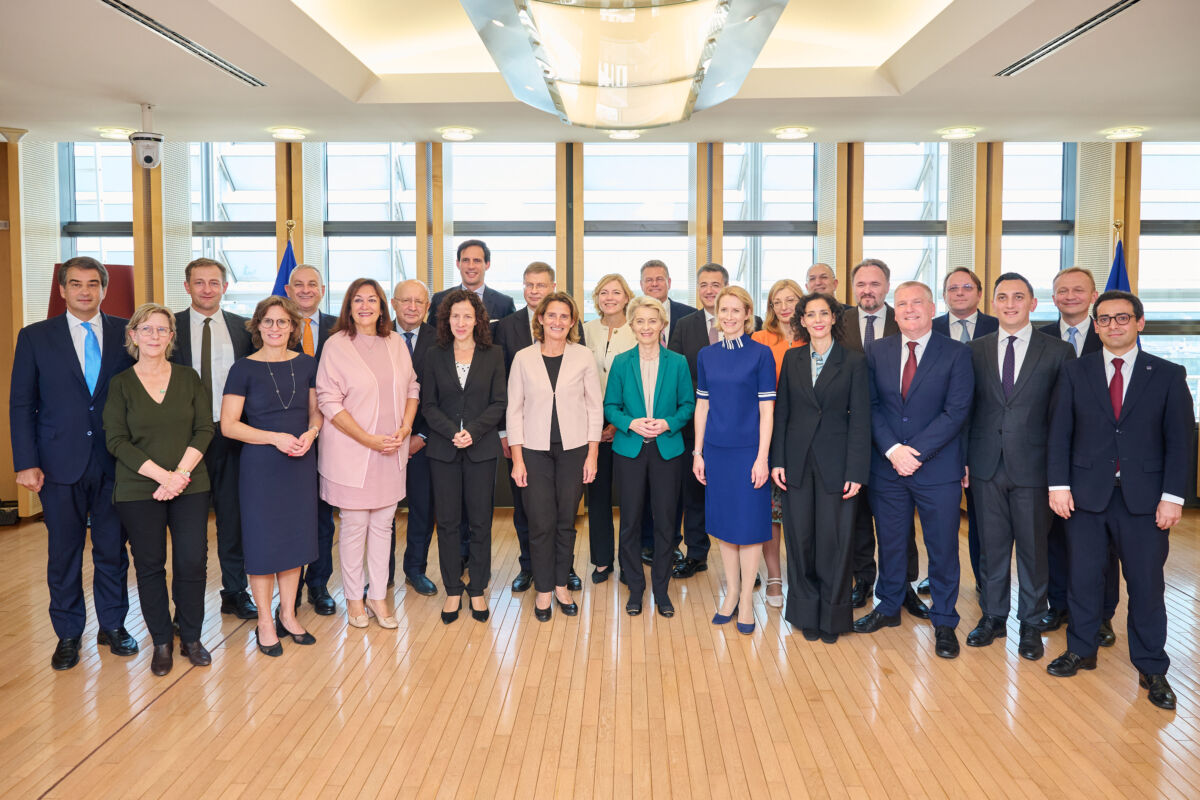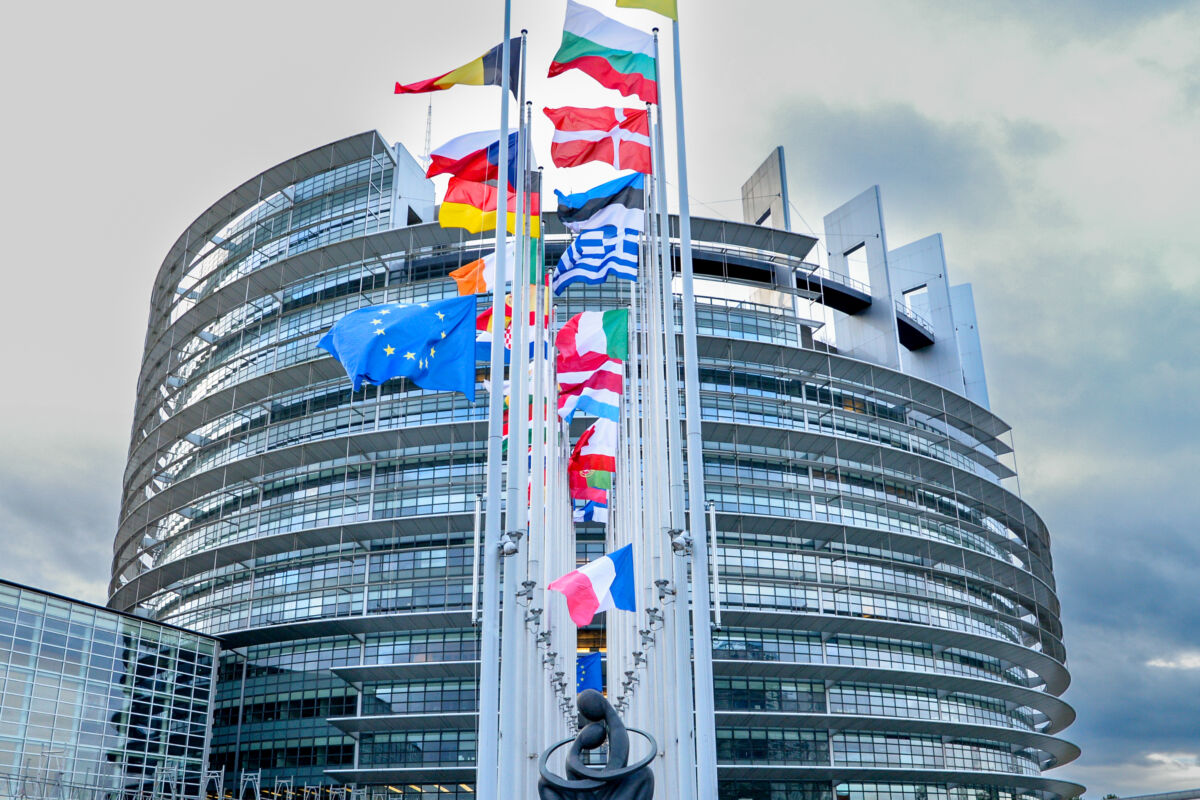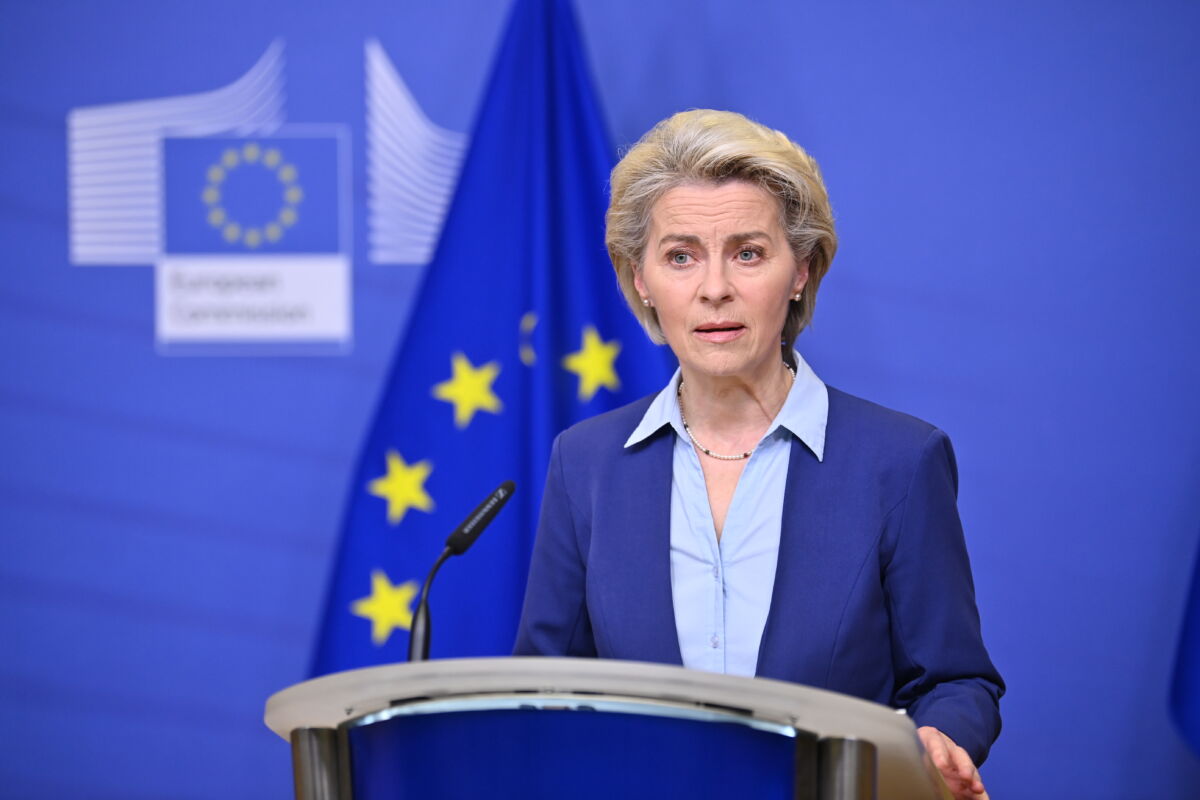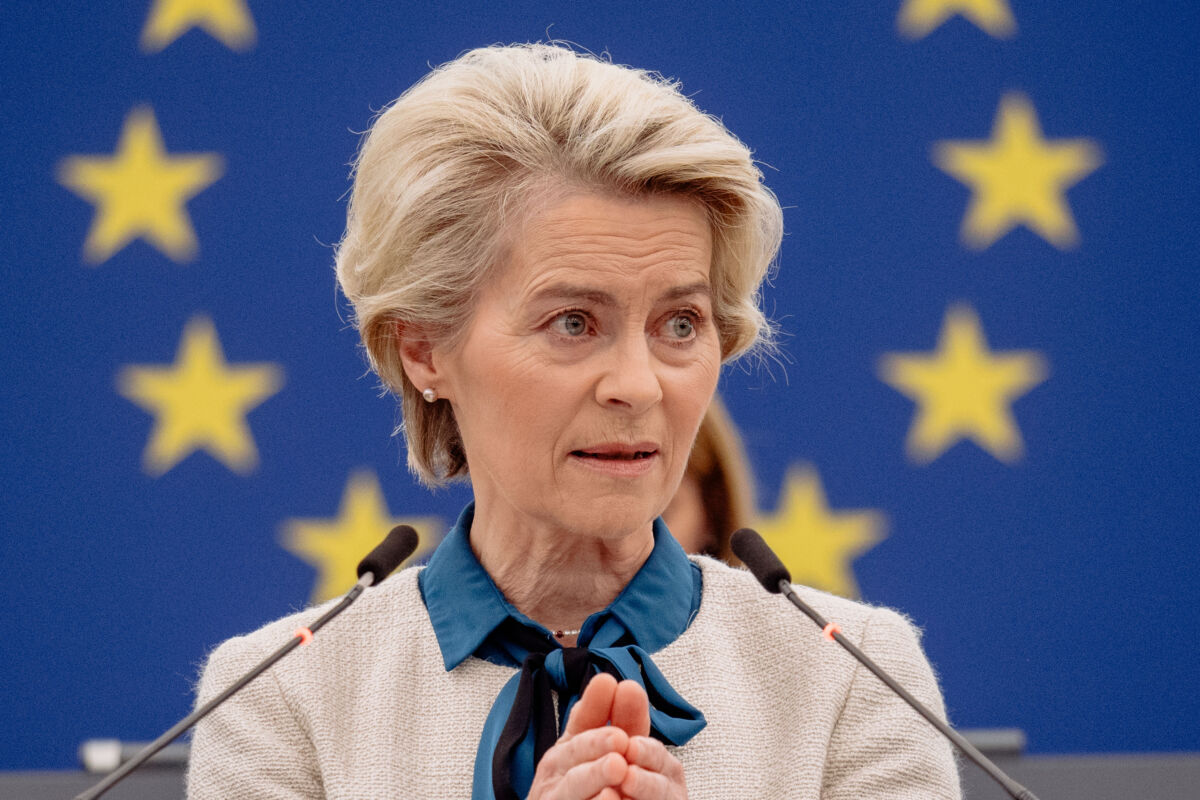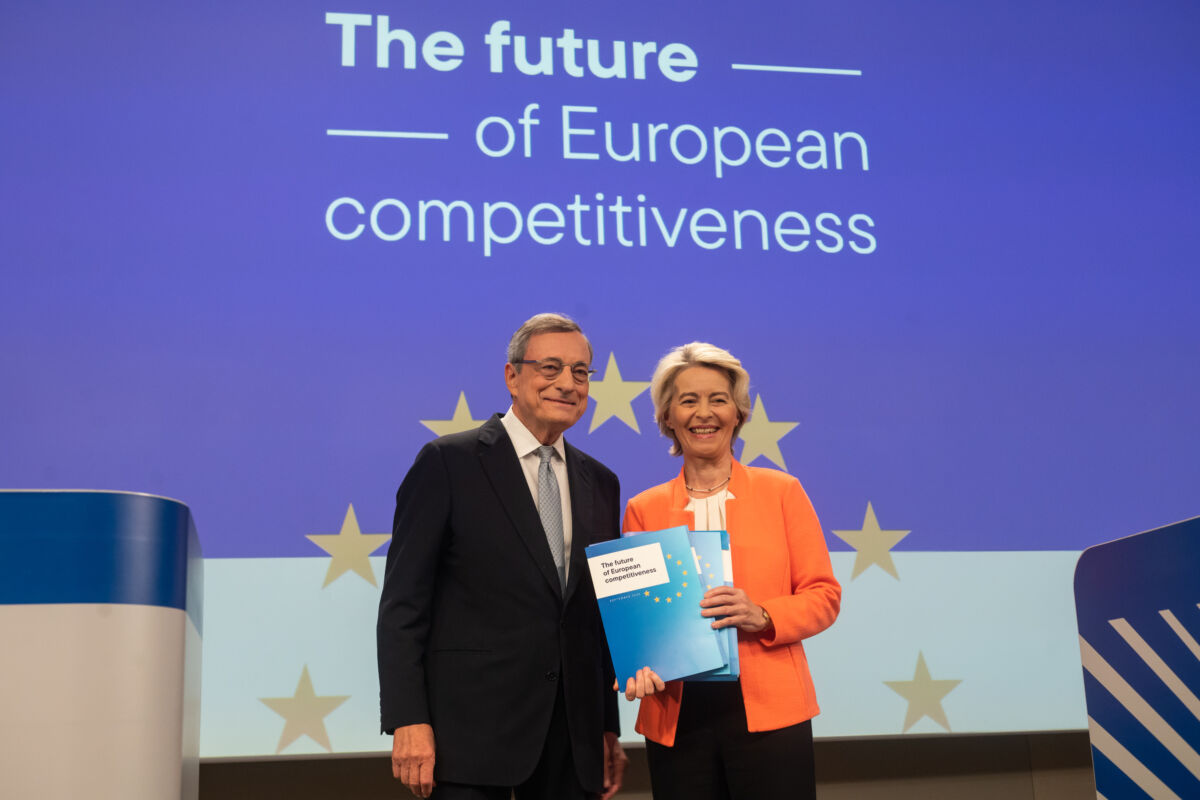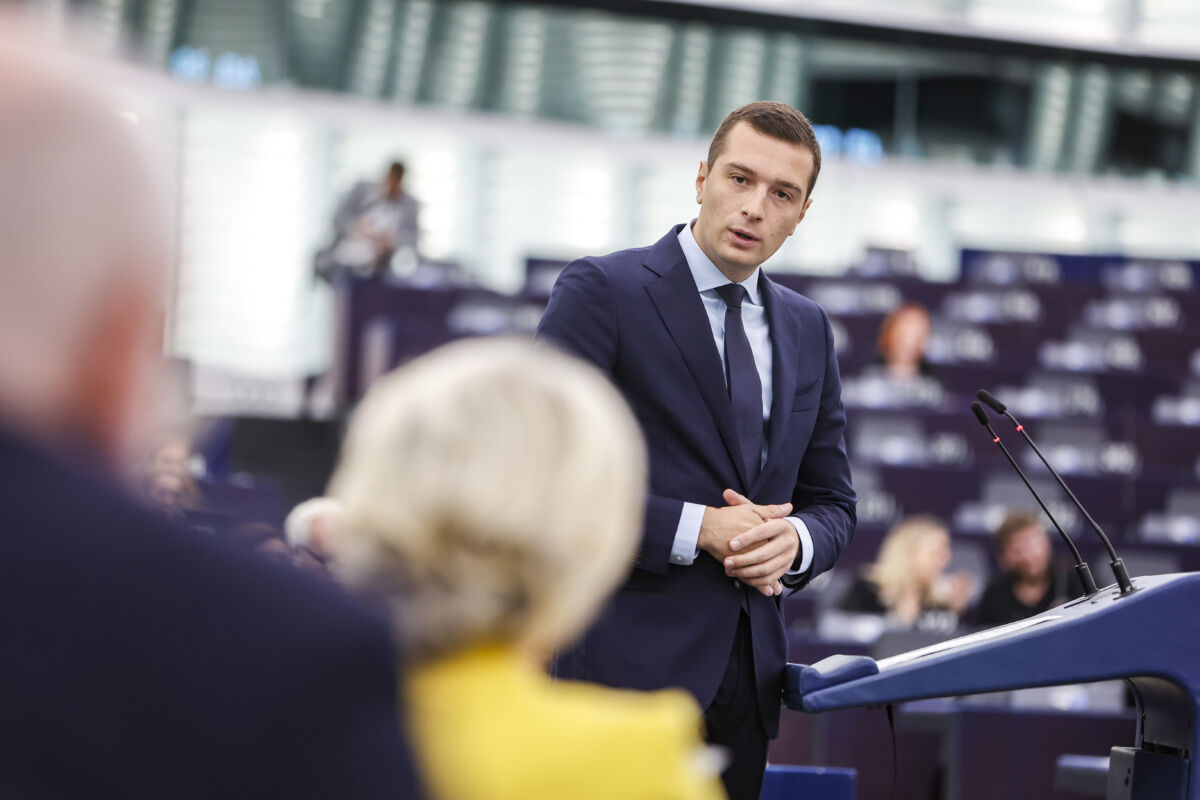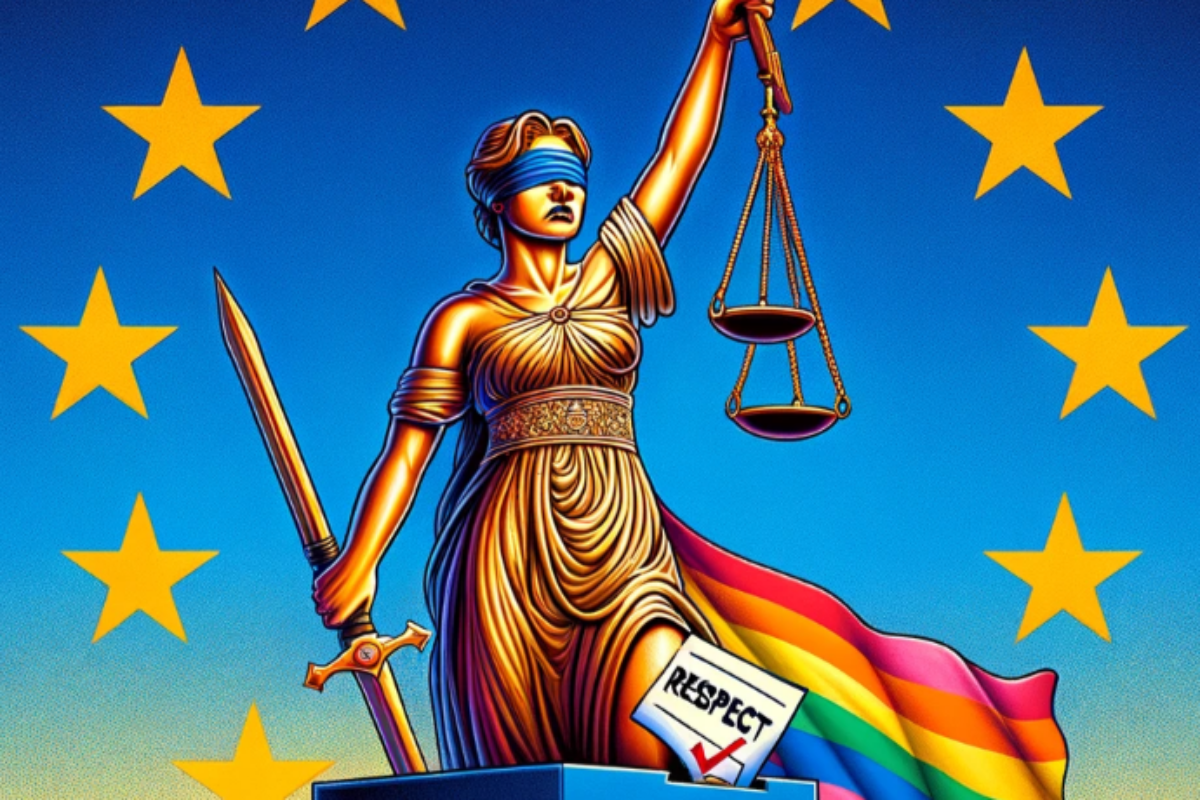In the present economic crisis, no sector is suffering more than aviation. A wide range of activities have come to a grinding halt: aircraft manufacturing and maintenance, parts production, airlines and airports, technical and passenger services. The only exception is air cargo: but this only shows how dire the situation is. Governments in Europe have already granted close to 15 billion Euros in support measures, and even bigger sums are under negotiation. Experts debate whether it would be best to provide unconditional support, impose severe “green” conditionalities, or let the sector collapse altogether. Most of them expect demand to stabilize at a significantly lower level and are convinced that present cost levels (especially labour costs) can no longer be supported. Unavoidably, the price of air travel will have to rise substantially to include all externalities, and this will further depress demand. In a nutshell, there is no going back to the status quo ante and uncertainty reigns.
The stakes for the EU and the Member States could not be higher. Strategic autonomy is under threat, a large economic sector could end up in disarray, and the infrastructure that is essential for an EU-wide service economy could be severely damaged. The EU and its Member States have no choice but to rescue their aviation sector, but would have to do it in a way that protects workers and transforms the sector into a sustainable source of economic growth. Having Member States “go it alone” with individually negotiated conditions for bailouts prevents the EU from working on a coordinated restructuring of the whole sector. And indeed, where does the “sector” start and end?
In Brussels and beyond, aviation is the perfect prototype of an “ecosystem”, the core concept of the EU Industrial Strategy presented by Thierry Breton only a few weeks ago, on March 10. Ecosystems stand for a holistic (yet sectoral) approach that reaches beyond, but certainly includes, the notion of industrial value chains. Saving the aviation sector as ecosystem would require an attention to a group of large and small heavily interdependent companies and institutions. However, if the Commission casts the net even wider by considering “mobility” rather than “aviation”, as an ecosystem, then the sector may have to shrink even further to make space for other, more sustainable forms of transport. This latter approach would be more in line with the Green Deal, but possibly less in line with the short-term economic priorities. The New EU Industrial Strategy indeed calls for greater energy efficiency and sustainability. Where in a distant future sustainable transport fuels can hopefully be produced out of green hydrogen and CO2, in the medium term the footprint can only be reduced by fewer, fully booked flights and more efficient engines. A precursory illustration of the “mobility ecosystem” approach is given by the French government, which recently made its 7 billion state loan guarantees to Air France conditional upon the latter’s promise to drastically reduce its domestic air traffic, i.e., 50% reduction of domestic CO2 emissions by 2024, where domestic routes were served by alternatives in the form of high-speed trains.
The EU may thus choose to participate in the restructuring of the “aviation ecosystem”, by propitiating investment in these new technologies, and by helping to mitigate the social consequences. This is attractive if one considers that the EU aviation ecosystem holds structural competitive advantages, some of which are real “hidden treasures”. Most air traffic in the world is east-west, and the large EU hubs are geographically well placed to tap into these traffic flows. For example, they connect the US east and mid-west to the Middle East, Africa, and Asia, all very large economies. All this based on the world’s most sophisticated collection of aviation treaties that the EU has negotiated to secure market access. Europe’s advantages are magnified if one considers that Airbus has a clear upper hand, in terms of engineering prowess and reputation, compared to its historic rival Boeing (e.g., Boeing 737 MAX crisis). Europe is also blessed with a dedicated, highly professional, and truly independent regulator in the form of the European Aviation Safety Agency. Comparing large carriers, the US airlines have never been much of a threat, (the simple metric of average fleet age tells a whole story) and with Brexit, British Airways’ position is severely damaged.
Ecosystem restructuring will require a suitable “policy mix”. Competition rules need reform. Having at least two or three airlines per route is no longer sustainable, and the inevitable consolidation requires new instruments to avoid market abuse; likewise, state aid rules will need an update. And measures should be taken to address unfair competition from subsidised non-European airlines: on this, the New Industrial Strategy creates space for the proactive use of EU trade defence mechanisms to restore a level-playing field. The EU could even go beyond, if the 750 billion Next Generation EU recovery plan recently announced by the European Commission were at least partly earmarked for ecosystem restructuring: the resulting investment would have potentially impressive economic and social returns, and could also provide impetus to European integration, which, as is important to recall, originated from the European Coal and Steel Community.
To be sure, the crisis of the aviation ecosystem will be a testbed for Breton’s Industrial Strategy. Time will tell whether the Commission will be able to adopt a forward-looking approach while supporting existing players. This “walking on the tightrope” exercise will certainly face turbulence before finding bluer skies.
French version of this op-ed was published in Les Echos.



